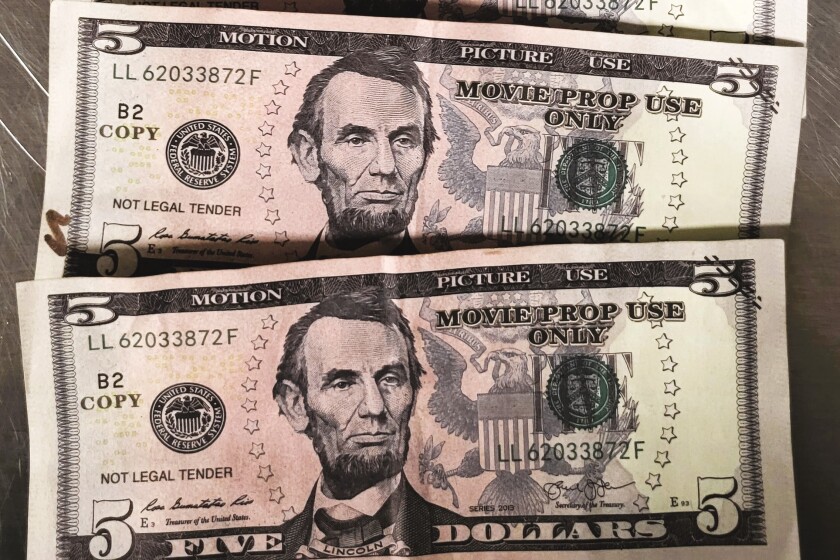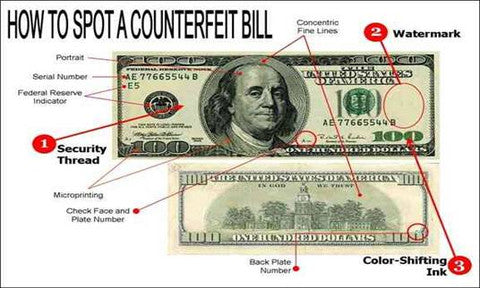Open Profitable Deals: Get Verified Funny Money available Today
Open Profitable Deals: Get Verified Funny Money available Today
Blog Article
Discover making uses of Funny Money in Artistic Creations and Theatrical Performances
Phony cash, often synonymous with deceptiveness and outrage, holds a peculiar attraction when it discovers its method into the realm of creative creations and staged efficiencies. Its background is filled with complicated narratives that have inspired musicians to incorporate these reproductions into their jobs. From the visual arts to the remarkable phase, phony currency has been made use of in interesting ways that challenge understandings and prompt thought. As we explore the complex uses of fake cash in these innovative domains, we begin to uncover a globe where authenticity and imitation blur, triggering us to examine the actual nature of worth and representation within art and performance.

Historic Significance of copyright Money in Art
The historic relevance of fake cash in art is a complex and appealing subject that clarifies the crossway of creativity, subversion, and socio-political discourse. Throughout history, musicians have actually used copyright money as a tool for difficult social standards, examining the value of currency, and making powerful declarations concerning riches and power.
One of the most remarkable instances of imitation money in art go back to the Dada movement of the very early 20th century - copyright money for sale. Artists such as Marcel Duchamp and Hannah Höch included phony currency into their works to slam the capitalist system and explore the concept of value in a swiftly transforming globe
In addition, during times of financial instability or political turmoil, funny money has actually been used by artists as a form of demonstration or disobedience. By creating and flowing copyright, artists have had the ability to interrupt the status, obstacle authority, and prompt vital discussions about the duty of money in culture.
Effect of Imitation Currency on Visual Arts
By including phony money right into their works, musicians prompt conversations on the nature of worth, credibility, and social perceptions of wide range. The use of copyright in art also increases honest considerations relating to the boundaries of imaginative expression and the effects of reproducing lawful tender. In general, the influence of copyright currency on aesthetic arts is multifaceted, boosting important reflections on the crossway of cash, art, and social worths.
Significance and Significance in Theatrical copyright Displays
Making use of theatrical fake displays, musicians use symbolic depictions to share deeper definitions and evoke thought-provoking analyses within the realm of efficiency art. With the unification of funny money in theatrical manufacturings, creators can discover themes such as greed, power, corruption, and the impression of riches. Making use of copyright on stage can act as an allegory for societal issues, financial differences, and the fragility of economic systems.
In staged efficiencies, the symbolic value of funny money expands past its monetary well worth. It can signify the misleading nature of looks, the quest of materialistic desires, and the effects of dishonest actions. By making use of funny money as a prop, artists can test target markets to examine real definition of riches and the moral limits that individuals might cross in its quest.
Honest Considerations in Using Funny Money for Art

One major honest consideration is the possible lawful consequences of making use of fake cash in art. Counterfeiting currency is prohibited in most nations and can cause serious repercussions for musicians that intentionally integrate imitation costs right into their job. copyright money for sale. This try this site not just puts the musician in danger however additionally elevates inquiries regarding promoting unlawful activities through art
Furthermore, there is a moral issue pertaining to the credibility of the art work itself. Making use of phony cash obscures the line between reality and replica, possibly tricking audiences and jeopardizing the stability of the creative item. Artists should consider whether making use of copyright cash aligns with their values and creative intentions, evaluating the potential influence on their reputation and reliability.
Future Patterns in copyright Cash Assimilation
Considering the progressing landscape of creative expression, the incorporation of funny money in creative works may witness a shift in the direction of ingenious and intriguing methods. As artists continue to press borders and check out brand-new tools, copyright cash can significantly be made use of to challenge societal standards, examine the worth of money, or make effective statements about wealth and consumerism.
One future pattern in phony money combination could be its usage in immersive art setups where target markets are motivated to communicate with the items, blurring the lines between reality and impression. In addition, developments in innovation might lead to the development of hyper-realistic copyright cash that is essentially tantamount from authentic money, opening possibilities for a lot more thorough and detailed artworks.
In addition, partnerships in between counterfeiters and musicians might cause distinct pieces that combine standard creative strategies with the craftsmanship of creating phony money. Honest factors to consider bordering the validity visit the site and morality of utilizing phony money in art will certainly proceed to be a point of opinion as these future fads unfold.
Final Thought
In conclusion, the uses of imitation cash in creative creations and theatrical performances have a long history and proceed to be a resource of inspiration for artists. The integration of imitation cash in art is most likely to proceed developing in the future.
Overall, the influence of copyright money on aesthetic arts is multifaceted, promoting important representations on the crossway of money, art, and social values.

In conclusion, the usages of copyright cash in creative productions and staged efficiencies have a lengthy background and proceed to be a resource of motivation for musicians. Ethical factors to consider should be taken right into account when utilizing copyright money for creative purposes. The integration of imitation cash in art is likely to continue advancing in the future.
Report this page